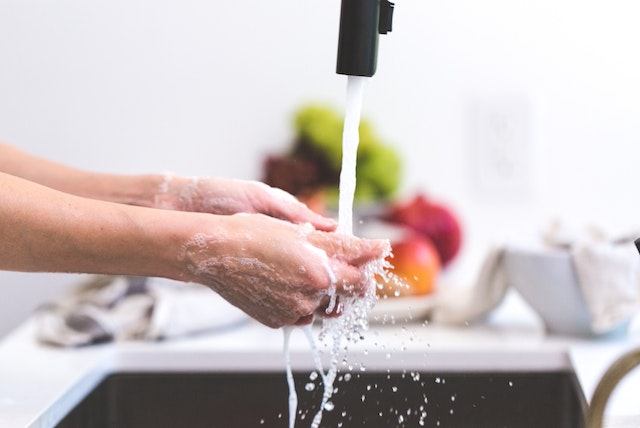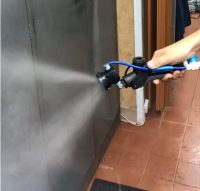The CDC is currently investigating two Listeria monocytogenes outbreaks. An outbreak linked to deli meats and cheeses has led to 16 illnesses, 13 hospitalizations and one death. A multistate outbreak related to Brie and Camembert soft cheese products announced in September had led to six illnesses and five hospitalizations to date and a widespread product recall.
The CDC notes that it is difficult for investigators to identify a single food as the source of outbreaks linked to deli meats and cheeses, because Listeria spreads easily between food and the deli environment and can persist for a long time in deli display cases and on equipment.
We spoke with Chip Manuel, Ph.D., Food Safety Science Advisor at GOJO about steps retail food establishments should be taking now to reduce the risk of Listeria contamination in their facilities.
With the multi-state Listeria outbreak happening in delis, what should retail delis and deli departments be doing to reduce the potential spread of Listeria until a specific food is identified?
Manuel: Since Listeria is a hardy bacteria that thrives in many food products and conditions, it’s vital that food retailers and operators not only understand the conditions in which Listeria can persist but also ensure that conditions are kept which help to minimize its growth. These best practices include ensuring that proper hot/cold temperatures for holding food are maintained; cleaning and sanitizing refrigerators, display cases and frequently used kitchen equipment (especially deli slicers!); and maintaining the sanitary conditions of your establishment.
Listeria can be found in various nooks and crannies throughout a facility, including those hard-to-reach equipment parts, such as blades, cart wheels, and even grease catches and drains. Lack of frequent sanitation of these locations can increase the risk of Listeria cross-contaminating food contact surfaces in these settings. Therefore, it is vital to:
- Evaluate the conditions of your facility, equipment and tools. Are there issues with standing water or cracked tiles? These are notorious for harboring Listeria biofilms and need to be replaced and repaired. Similarly, are your cleaning tools in good condition without cracks? If not, consider replacing these. Research has shown that cleaning tools in poor condition, especially squeegees, can become a source of contamination.
- Ensure your sanitation program is up to speed. First, ensure you are choosing products that are effective against Listeria. Make sure you give your employees the time needed to clean and sanitize equipment effectively, especially larger pieces of equipment such as deli slicers. Make sure they have the tools and knowledge required to clean and sanitize these pieces of equipment, including specifically in nooks and crannies where Listeria can hide.
- Ensure that deli slicers are maintained properly. Repair and/or replace any components of slicers that are in disrepair, as these can become harborage sites for Listeria. Ensure deli slicers are completely broken down for cleaning and sanitization as required by the local regulatory authority (usually every four hours for deli slicers operating at room temperature).
- Minimize the use of high-pressure hoses within a deli environment. Research has shown these tools can spread Listeria throughout a facility (for example, if sprayed directly into a contaminated drain).
- Check that display, storage and refrigerator or cooler cases are set to an internal temperature of 41˚F or lower while ensuring adequate airflow.
- Ensure raw and ready-to-eat products are stored in separate areas. RTE products can become contaminated if stored under raw products (due to dripping, etc.)
Looking at the soft cheese outbreak, what can retail food environments do to reduce the risk of distributing contaminated product to consumers and identify and respond to potential Listeria contamination in these higher-risk cheese products?
Having a supplier verification program and managing incoming ingredients with approved suppliers and approved sources is critical—particularly for soft cheeses which are at higher risk for contamination. Purchase solely from approved sources with food safety programs in place. Ensure that food safety is always part of your supplier specifications and requirements, and work with your suppliers to understand their pathogen prevention and environmental programs. If possible, visit their facilities to get a sense for how well their food safety program is operating.
Additional resources:





















